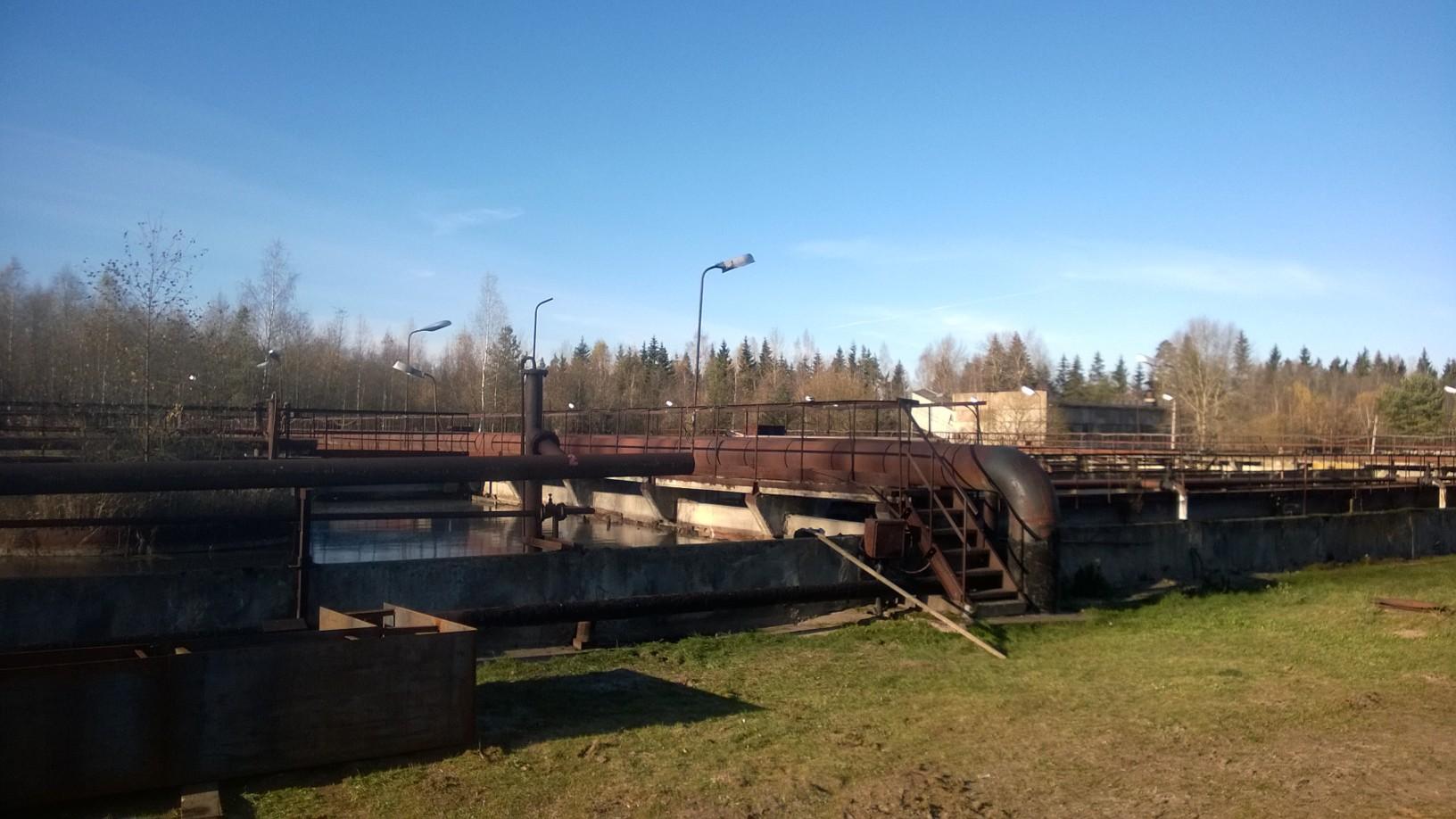The John Nurminen Foundation and the Kingisepp water utility will launch more effective phosphorous removal at the Kingisepp water treatment plant in north-western Russia, near the Estonian border. The Board of the John Nurminen Foundation accepted the project proposal of the Kingisepp water utility in May 2016.
In its project proposal, the Kingisepp water utility has undertaken to conduct wastewater treatment at the plant in accordance with the recommendations of HELCOM, the Baltic Marine Environment Protection Commission, to cover the construction and operating costs of phosphorous removal and monthly reporting of wastewater phosphorus levels. The equipment needed for the treatment will be funded and provided by the foundation. The total expenditure of the project for the foundation will be €170,000. “The Kingisepp water utility has demonstrated positive initiative and commitment in the preparation of the project, so I believe that it is possible to realise the project at a fast pace. In practice, phosphorous removal could probably begin in 2017, once the water treatment equipment has been acquired and the required customs and tax exemptions granted. With more effective treatment, it will be possible to reduce the annual phosphorus load in the Gulf of Finland by approximately 13 metric tons, which equals half of the annual volume of Helsinki’s Viikinmäki Treatment Plant,” explains Marjukka Porvari, Director of Clean Baltic Sea Projects, John Nurminen Foundation.
More effective phosphorous removal efforts are a natural step after JNF’s earlier projects in Russia to improve wastewater treatment efficiency in St. Petersburg, Gatchina and Vyborg, because, after these cities, Kingisepp is one of the largest settlements in the Leningrad Oblast and source of discharges to the Baltic Sea. At the moment, the wastewaters of 50,000 people end up in the Gulf of Finland through the Luga River without efficient treatment.
This is not the first time the foundation has been involved in operations in the Kingisepp area: it emerged in 2012 that there had been a major phosphorous discharge from the Phosphorit Plant, located outside the city, into the Luga River and Gulf of Finland, and JNF initiated cooperation with the plant management. The discharge was diverted for treatment without delay and the foundation conducted an audit together with the plant owner, EuroChem, of the treatment system installed at the plant. A report of this was published in the autumn of 2015.
JNF’s first Baltic Sea project – more efficient phosphorous removal at the three largest treatment facilities in St. Petersburg – was completed in June 2011, after which the foundation has continued its work of making municipal wastewater treatment more efficient in north-western Russia. In November 2015, more effective phosphorous removal was introduced in the second largest city in the Leningrad Oblast, Gatchina. In Vyborg, the project has been delayed due to financial and other reasons, but at the moment it is estimated that phosphorous removal will begin in the autumn of 2016.
“Exactly five years ago we were celebrating the completion of our water treatment plant project in St. Petersburg. The investments in infrastructure made in St. Petersburg, the major-scale cooperation project between the Foundation and the St. Petersburg water utility to introduce chemical phosphorous removal, and the treatment of phosphorous discharges from the Phosphorit fertilizer plant, have cut the phosphorous load causing eutrophication in the Gulf of Finland by over 60 per cent and, as a consequence, the waters of eastern Gulf of Finland have cleared. Reducing point source pollution in Russia continues to be the most cost-effective and immediate method of cutting discharges that end up in the Gulf of Finland, which is why we have carried on our determined efforts with our Russian partners while launching new types of project work packages that can help battle nutrient discharges also in Finland,” comments Secretary General of the Foundation, Annamari Arrakoski-Engardt.
In March 2015, the Foundation launched the Archipelago Sea Local Fishing Project, with the objective of recycling a significant amount of nutrients from sea to shore by catching cyprinids and, at the same time, trying to create a supply chain so that domestic fish species, with poor utilisation at present, would find their way onto Finns’ plates. The project is a part of the NutriTrade project that is managed by the foundation and receives funding from the EU; it was launched in the autumn of 2015 and seeks to increase awareness of activities that will reduce nutrient discharges, and channel funding for them. Other activities of the NutriTrade project include field gypsum treatment conducted to reduce the nutrient discharges in the Archipelago Sea, and mussel farming on the Swedish coast.
Founded in 1992, the John Nurminen Foundation contributes to influential and productive work for the Baltic Sea and maritime heritage. The goal of the foundation’s Clean Baltic Sea projects is to improve the condition of the Baltic Sea with tangible measures that will reduce the load and environmental risks directed at the sea. Funding for the Clean Baltic Sea projects is received from private donations and public funding.
www.johnnurmisensaatio.fi
www.johnnurmisensaatio.fi/en/clean-baltic-sea-projects/lahikalahanke/
www.nutritradebaltic.eu
Further information
Marjukka Porvari
Director, Clean Baltic Sea projects
Tel. +358 41 549 1535
Communications Director Tuula Pitkänen
Tel. +358 400 907 809
firstname.surname@jnfoundation.fi

